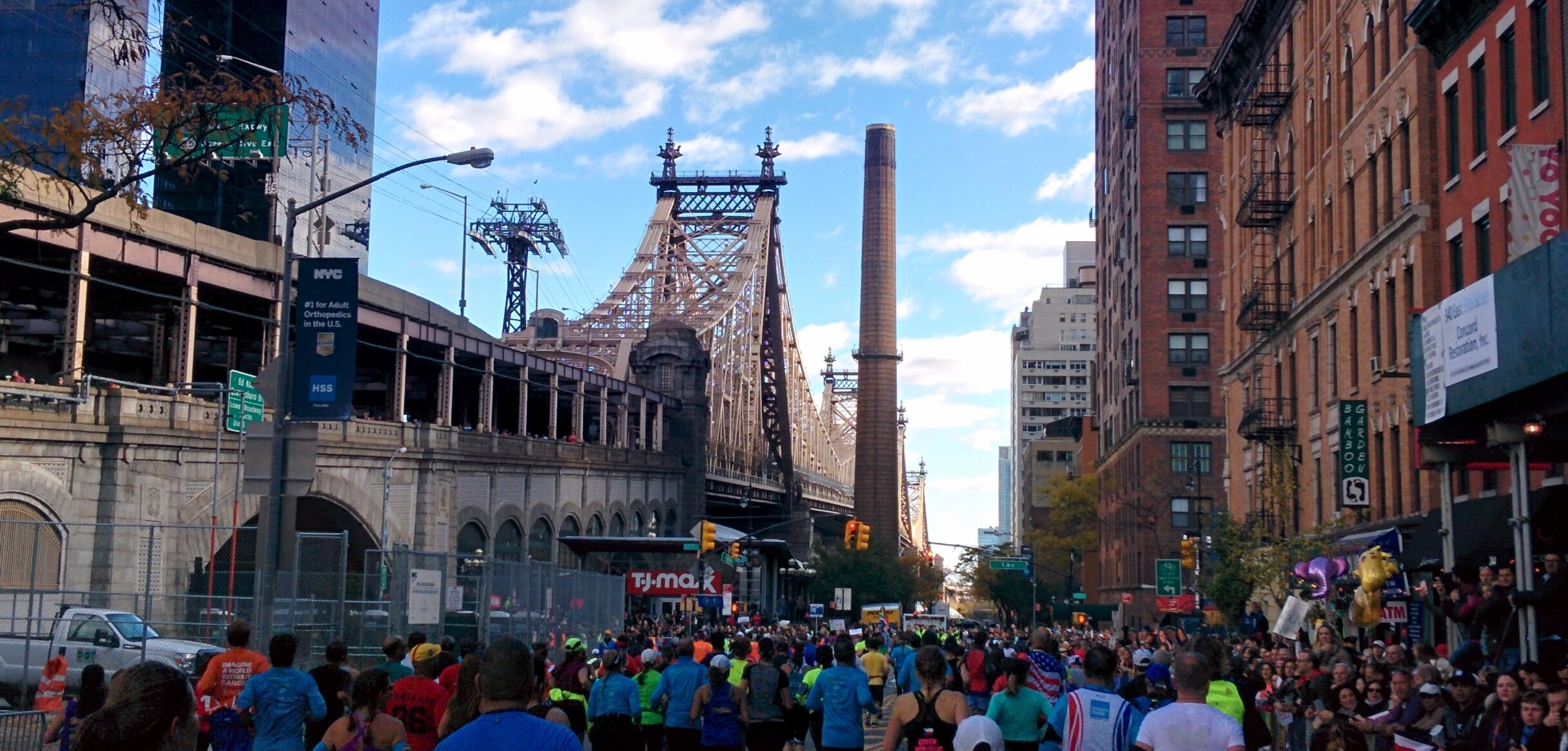News
NEW BIKE FITTING LOCATION!

When you think about running, what part of the body do you think of? How about when you think of swimming? And what part of the body comes to mind when you think about cycling?
I bet your answers are as follows: Running = Legs, Swimming = Arms, Cycling = Legs
While these are definitely the most common answers since each of these disciplines definitely does use those body parts, this line of thinking doesn’t tell the entire story.
It’s very easy to “simplify” each discipline by considering the part of the body that we perceive to be the “main mover.” However, the truth is that body parts don’t work in isolation.
Here’s an easy example: Try to walk without swinging your arms; keep them “locked down” at your sides as you walk forward. Does this feel odd? (I know it does for me.) It feels odd because the body doesn’t just use your legs when you walk; it uses ALL of the muscles across your body. If you try to use only your legs and simultaneously try to shut down some of those other players, then the movement itself feels strange because it’s not being executed in the most efficient or best way.
Little movements aren’t stand-alone. In fact, it’s quite the opposite; a bunch of little movements add up to create “big” movements, such as walking, running, swimming, or cycling. This is something that is commonly referred to as “cross-body connection.”
Yes, indeed, there is almost an infinite number of sequences of muscles firing that add up to generate these big movements. So, when you reach your right arm over your head while swimming, your left obliques and core muscles are actually working to stabilize you through that movement, even if it feels like the movement is only on the right side of your body.
The same is true in running; when you drive your left leg forward and your left leg leaves the ground, the right side of your body is actually stabilizing and propelling the body so that it can make that move on the left side. We could go on and on with examples of this, but you get the point: the body uses BOTH sides to complete movements and actions, not just one side like we think it does.
I often say that the body is drawn to movements that resemble humans’ affinity for fast food: the body likes it when it finds something that is “cheap and easy.” Simply put, this means that while the body will always (with very few exceptions) find a way to complete each and every action that you ask of it. But it will find the path of least resistance to accomplish that mission. It will reduce the usage of or completely skip pieces of the sequences of muscles firing if it detects that they are too weak to properly take on the load that is being asked of them.
Why does all of this matter? Well, if the body skips over weaker muscles in favor of those that it (rightfully) perceives to be stronger, it ultimately overloads those muscles. Over time, consistent overload leads to imbalances. Imbalances lead to injury.
In an athlete’s world, injury is one of the worst things that can happen to their training. It means time off, reduced ability to train in certain disciplines, and it necessitates spending an inordinate amount of time healing the broken or damaged area of the body.
Some common examples of overuse injuries are: Relying too much on your legs while running leads to Piriformis issues in the hips. Not building core strength for the bike strains your back. Using only your arms and not utilizing your total body reach in swimming leads to shoulder overuse injuries.
These injuries can all be avoided by thinking of the body as a dynamic, interconnected entity. Many, many coaches sing the praises of strength training, mobility work, and flexibility work, saying how these things are able to help athletes avoid injuries. This is true, but it’s honestly only true if these tools are implemented wisely. A good strength training, mobility, and flexibility routine uses the ENTIRE body, not just the area presenting as a problem. Even if one takes an injury concern out of the equation, and simply says that they want to get stronger for [swimming, running, and any other discipline ], the only strength training, mobility, and flexibility work that will be effective are those workouts that consider the interconnectedness of the body.
This means that if one wants to get stronger in swimming, they cannot do strength training exercises that only engage the arms and expect to make progress. Similarly for running, one cannot do a bunch of leg machines at the gym and expect that to translate into faster running times. Cyclists cannot increase their comfort on the bike by just riding their bike or strengthening their legs.
Athletes need to incorporate movements in their strength, mobility, and flexibility work that are multi-faceted, meaning they call upon multiple groups of muscles to engage and become stronger and more mobile. This collectively is called functional strength - you’re building strength that helps you perform your daily activities - namely, swim, bike and/or run. You’re training your body to perform better in your everyday life. You train with activities that translate to movements and long-term health benefits. This means that strength training to improve running should include core, upper body, and leg work; strength training to improve swimming should include leg work and core work. Core and upper body work are just as essential as lower body work to make gains in cycling.
The body doesn’t work in isolation; it is so much more complex than that. Start thinking about your body as the complex, wonderful entity that it is. Apply thinking to your training, and watch how injury-resistant, smart, strong, and fast you can become!



































































































Have a question or ready to get your TRAINING started?
Fill out our Contact Form to the right and we will get back to you shortly!